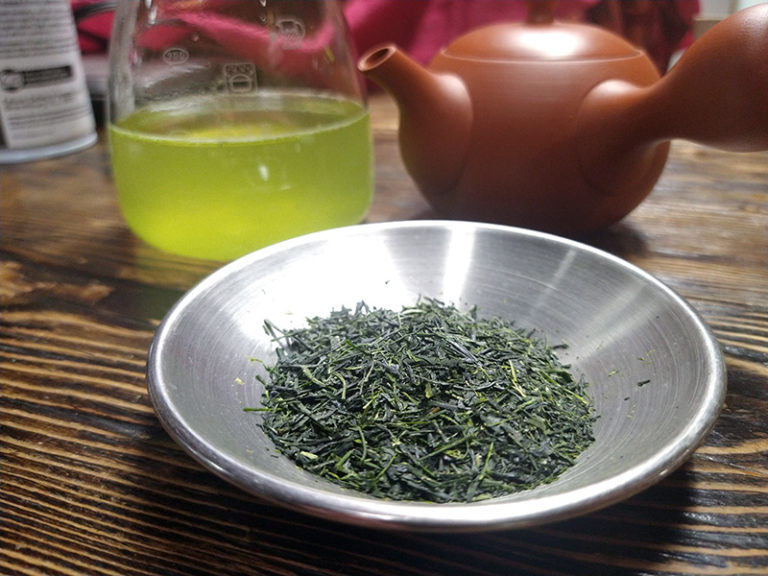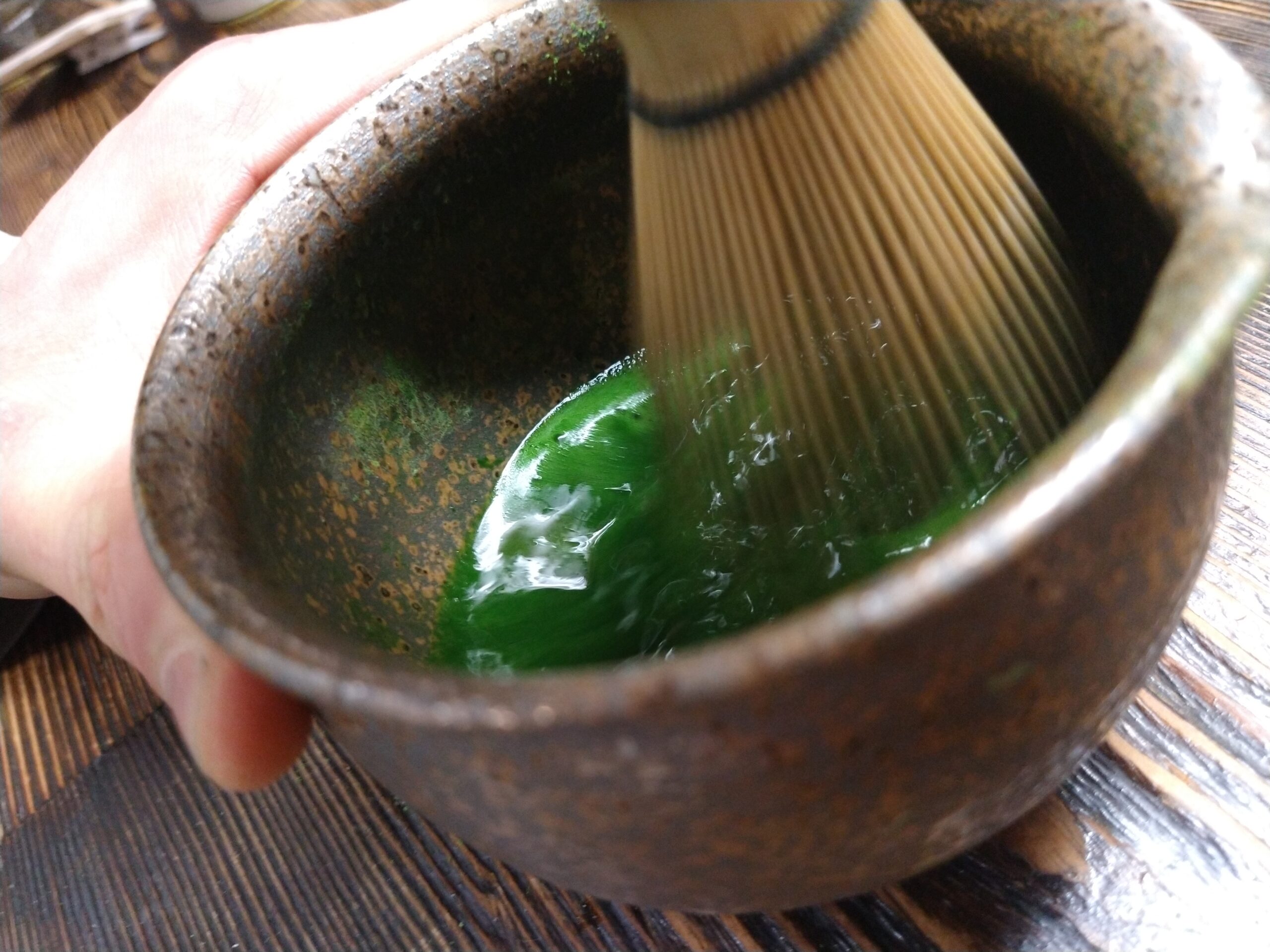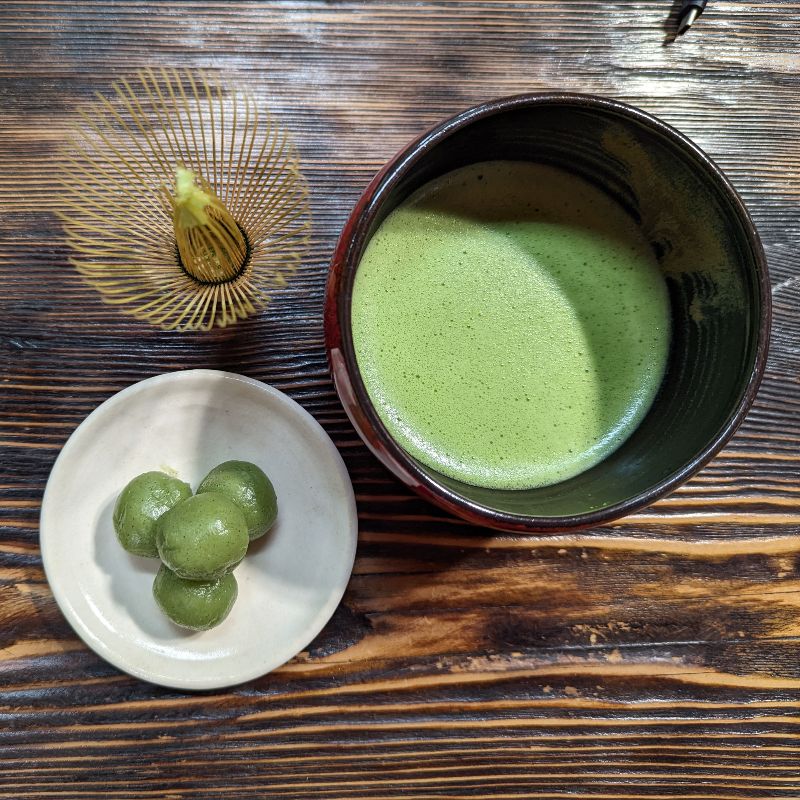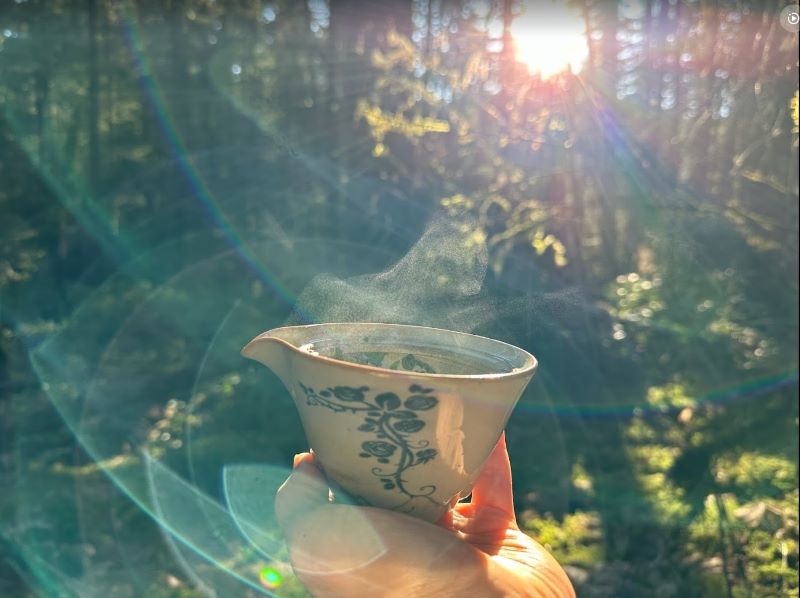
We sometimes get asked this question and thought it odd: what is the difference between maccha and green tea. The short answer is that there is no difference. Maccha is a kind of green tea.
However, there does seem to be some confusion here as made clear by a recent New York Times article on the benefits of maccha where a scientist is quoted as saying that “There is a lot of research on green tea, and the overall evidence indicates that it is a healthy beverage. We don’t have similar evidence for matcha [sic], but given that [it] has the same ingredients as green tea, just in much higher concentrations, it’s probably safe to infer that it offers the same benefits.”
“There seems to be a general misunderstanding about the nature of maccha and green tea.”
Judging from this and many other articles, there does seem to be a general misunderstanding about the nature of maccha and green tea. To bring things back to basics a bit, it is worth pointing out that green tea, white tea, yellow tea, blue tea (wulong), crimson tea and black tea all come from the same plant, camellia sinensis. Creating teas that fit in the different genres generally involves the manipulation of the polyphenol oxidase (PPO) enzyme. After harvest, the enzyme starts oxidising the leaves and eventually starts to brown them, the process managed through a combination of active and passive (ie. ambient conditions) participation of the producer. The goal with green tea is to deactivate the PPO enzyme using a blast of heat, generally via one or a combination of steaming, baking, firing, roasting, boiling, etc.
Long Jing is an example of a pan fired green tea from China. Sencha and maccha are examples of steamed green teas from Japan. There is more to making these teas than simply how the PPO enzyme is deactivated, but it is worthwhile to point out that there are thousands of different styles of green tea, with changes in style occurring country to country, region to region, farmer to farmer.
“To be clear, every green tea out there has its own unique process.”
To make maccha, you shade grow the leaves by applying a perforated cover over the leaves roughly 3 weeks before harvest (this prolongs the growing period of that first growth coming out of winter dormancy, focusing more volatile oils, flavour and healthful impact in the young leaves). You then take the harvest to a “tencha” factory instead of a “sencha” factory, where the leaves are steamed and then dried flat, instead of rolled into needles. The leaves are then put through a conveyor system that pushes them through coarse sieves that help break the pure part of the leaf from the leaves and stem. Just the pure part of the leaf is called “ara-tencha” (rough tencha) and stored by the producer. When it’s time to sell, the leaves are further separated, made smaller (to ease milling) and then, depending on the region, finish fired to reduce moisture down to 4%. At this point the leaves are called “shiage-tencha” (tencha that is ready) and they are micro-milled to a screen size that is less than 10 microns.
To be clear, every green tea out there has its own unique process. The process for making maccha is fairly complex, but it would be presumptuous to say that it is the “most” complex green tea out there, in terms of production methodology.

“Not all powdered green tea is maccha.”
What can be said is that maccha is a powdered green tea, but not all powdered green tea is maccha. What can also be said is that a lot of product on the market claiming to be maccha, does not necessarily meet its technical definition. (Too coarse, not deveined and destemmed, etc)
So what is the difference between maccha and green tea? There is no difference. Maccha is a green tea.
Share this article
Search the blog
JagaSilk Links
Article Categories
Subscribe to our Newsletter
Love maccha? Sign up and get 10% off your first order. You'll also receive new articles and video content!



